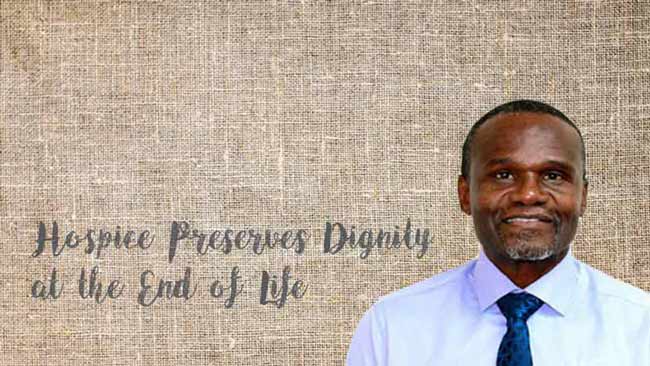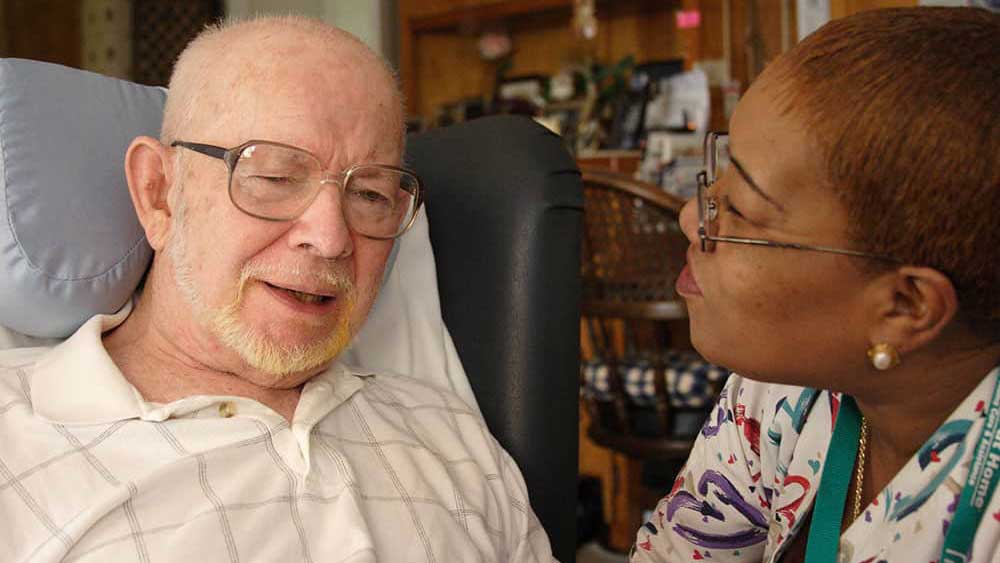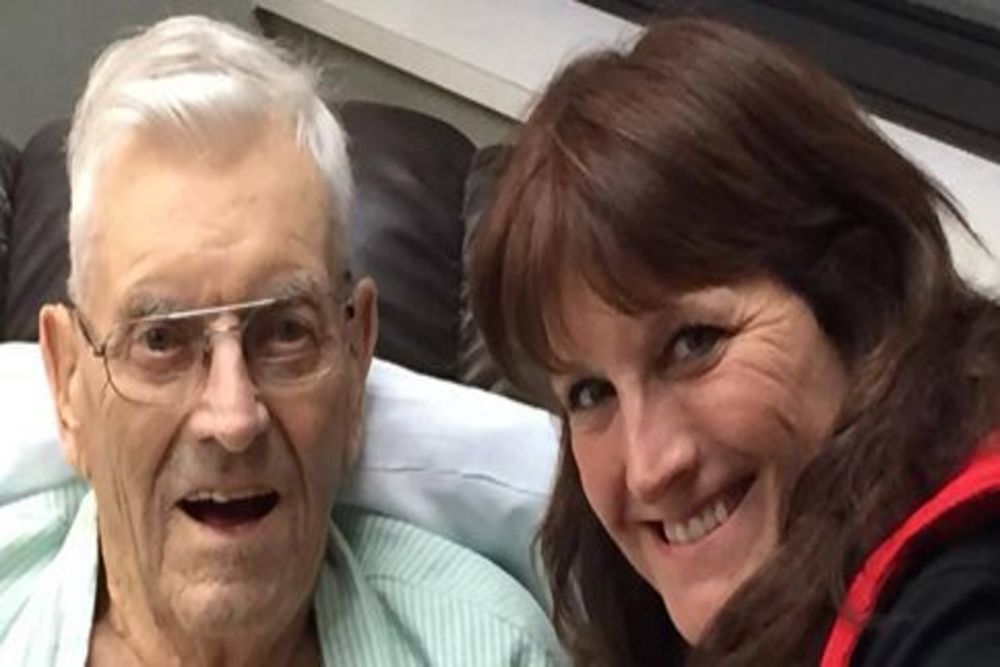

5 Things You May Not Know About Hospice
Hospice care is often confused with palliative care, which is treatment that enhances a person’s quality of life after receiving a diagnosis of a serious illness. If the serious illness progresses and becomes terminal, however, the type of care administered transitions from palliative care to hospice, or end-of-life care.
According to the American Cancer Society, hospice “focuses on the quality of life for people and their caregivers who are experiencing an advanced, life-limiting illness. [It] provides compassionate care for people in the last phases of incurable disease so that they may live as fully and comfortably as possible.”
Hospice care is a favorable option to help people at the end of their lives. In addition to providing medical care to alleviate pain and provide as much comfort as possible, hospice care offers other benefits many people may not know about.
#1: Hospice is a holistic approach to end-of-life care.
While most people associate hospice care with pain management or symptom management, many hospice providers also focus on the emotional and spiritual concerns that come with end-of-life experiences. A hospice care team often consists of doctors, nurses and home health aides, but can also include spiritual counselors of all faiths who can provide guidance to both the patient and the family members, as well as social workers who can provide counseling and emotional support.
#2: Hospice care often includes bereavement services.
Losing a loved one is never easy. If you have to watch them experience pain while battling a prolonged illness, it can be incredibly emotionally challenging. Bereavement counselors who are part of a hospice team can anticipate grief reactions and help guide family members through a remarkably difficult time. This is viewed as such a valuable service that if the patient receiving hospice has Medicare, the hospice team is required to provide bereavement services to family members and friends for a period of about 13 months.
#3: Hospice care can be provided in the home.
Although hospice is a medical service, it is not required to happen in a hospital or medical facility. While it can happen in a more professional environment, many patients choose to receive hospice in the comfort of their own home, surrounded by their loved ones. According to a Kaiser Family Foundation poll published in 2017, 71% of Americans would prefer to die at home if given the choice, but only 41% think they will actually have the opportunity to die at home. Hospice care provides Americans who are at the end of their lives a choice on how they would like to pass, putting them firmly in control and ensuring maximum levels of comfort.
#4: Hospice care can be a 24-hour service, but it doesn’t have to be.
Hospice care can provide a patient with continuous, round-the-clock services through the end of their life, if it is required. In some cases, hospice care is intermittent and families supplement care in between visits from a professional hospice provider. As described by the American Cancer Society, when hospice care is needed the patient is asked to choose a primary caregiver who will work closely with “the hospice team and patient to develop a care plan based on the patient’s specific needs and preferences.” The primary caregiver also might provide physical care for the patient when they are receiving care in the home.
#5: A patient can utilize hospice care.
Patients can utilize hospice care services if it’s been determined by their physician that they will not survive longer than six months. WebMD reports that “you can stay in hospice beyond that time if your doctor and the team decide you still have only a short time to live.” In fact, Medicare covers hospice care for “two 90-day benefit periods, followed by an unlimited number of 60-day benefit periods.” Medicare also has a provision for those who want to stop hospice, either because you choose to or because your condition improves. You always have the ability to cease hospice care should you so choose.
Right at Home offers both hospice and palliative care options for those who need it. If you have additional questions about how hospice care works, or want to learn more about hospice care, contact us for information.







